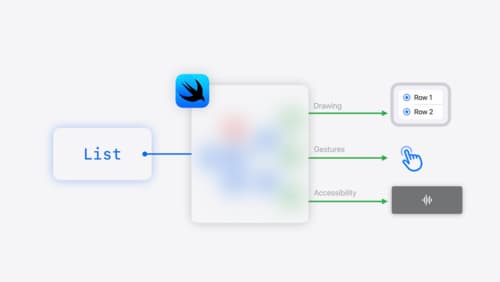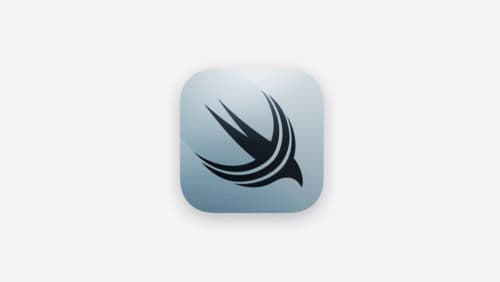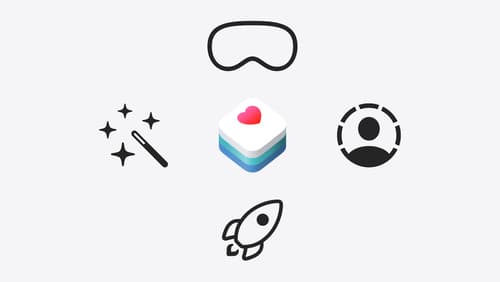I need to know how to make a chart in swiftui using a dataframe
Asked on 2024-07-30
1 search
To create a chart in SwiftUI using a DataFrame, you can leverage the capabilities of Swift Charts, which is a highly customizable charting framework built on top of SwiftUI. Here are the steps and some relevant information from the WWDC sessions:
-
Introduction to Swift Charts:
- Swift Charts enables the creation of informative, accessible, and delightful visualizations using SwiftUI. It supports various types of plots, including line plots, area plots, and more.
- Swift Charts: Vectorized and function plots
-
Creating a Basic Chart:
- You can start by defining your data and using the
Chartview to create a basic chart. For example, to create a line plot, you can use theLineMarkAPI. - Example from the session: "I've defined a function that calculates the points on a normal distribution curve, and I can plot it using the new lineplot API, which accepts a closure that takes the double and returns the double."
- Swift Charts: Vectorized and function plots
- You can start by defining your data and using the
-
Customizing the Chart:
- Swift Charts allows for extensive customization using modifiers. You can change colors, fill areas, and adjust opacity to make your charts more legible and visually appealing.
- Example: "To make it stand out just a little more, I would like to fill in the area below the curve. To do that, I can simply change the line plot to an area plot."
- Swift Charts: Vectorized and function plots
-
Advanced Features:
- Swift Charts also supports more advanced features like vectorized plotting APIs for handling larger datasets efficiently and plotting mathematical functions.
- Example: "Swift charts now allows you to visualize things beyond data by plotting mathematical functions in your apps."
- Swift Charts: Vectorized and function plots
-
Accessibility:
- Swift Charts ensures that your data visualizations are accessible by default. For instance, you can use VoiceOver to describe the chart.
- Example: "Swift charts makes your chart accessible by default. I can use voiceover to describe the chart."
- Swift Charts: Vectorized and function plots
For a more detailed walkthrough and examples, you can refer to the session Swift Charts: Vectorized and function plots. This session covers various aspects of creating and customizing charts in SwiftUI using Swift Charts.

SwiftUI essentials
Join us on a tour of SwiftUI, Apple’s declarative user interface framework. Learn essential concepts for building apps in SwiftUI, like views, state variables, and layout. Discover the breadth of APIs for building fully featured experiences and crafting unique custom components. Whether you’re brand new to SwiftUI or an experienced developer, you’ll learn how to take advantage of what SwiftUI has to offer when building great apps.

What’s new in SwiftData
SwiftData makes it easy to add persistence to your app with its expressive, declarative API. Learn about refinements to SwiftData, including compound uniqueness constraints, faster queries with #Index, queries in Xcode previews, and rich predicate expressions. Join us to explore how you can use all of these features to express richer models and improve performance in your app. To discover how to build a custom data store or use the history API in SwiftData, watch “Create a custom data store with SwiftData” and “Track model changes with SwiftData history”.

Get started with HealthKit in visionOS
Discover how to use HealthKit to create experiences that take full advantage of the spatial canvas. Learn the capabilities of HealthKit on the platform, find out how to bring an existing iPadOS app to visionOS, and explore the special considerations governing HealthKit during a Guest User session. You’ll also learn ways to use SwiftUI, Swift Charts, and Swift concurrency to craft innovative experiences with HealthKit.
